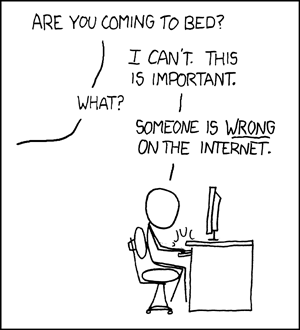On DVD: Journey to the Center of the Earth (2008)
 Journey to the Center of the Earth (2008)
Journey to the Center of the Earth (2008)
Directed by Eric Brevig. Starring Brendan Fraser, Josh Hutcherson, Anita Briem
Arguing whether Jules Verne is the Father of Science Fiction seems useless now. Regardless of who may deserve the title more—Cyrano de Bergerac, Mary Shelley, Jules Verne, H. G. Wells, Hugo Gernsback, John W. Campbell, etc.—Verne’s effect on literature of the imagination is so enormous and continually influential that he’s clearly the Father of Something Really Big. However, in the U.S. he still suffers from poor, outdated translations (often with cuts that remove almost a fourth of the originals) and the perception that he’s only an author for children. Better translations are now available, but the awful ones still remain in print, perching on bookshelves like croaking ravens to scare new readers away. New translations of his non-scientific-themed novels have started to broaden the author’s reputation (see my reviews of Michael Strogoff and The Lighthouse at the End of the World to get a sense of the other sort of novels that the distinguished Frenchman wrote), but Verne still remains “that guy we read in fifth grade” for many adults.
I’m a Verne fanatic, unabashedly, and I love him even more now than I did when I was an eager “young adult” reader. Discovering new books and new versions of books I thought I knew—the recent translations and restorations of Twenty Thousand Leagues under the Sea are nothing short of revelatory—makes each Verne read a thrilling exploration. My favorite of his novels is Voyage au centre de la Terre, published in 1864 as the author’s career was starting to ascend. It was translated into English as Journey to the Center of the Earth, and sometimes Journey to the Interior of the Earth. On a deep personal level, I respond to the romance of a subterranean sojourn and discovering the mysteries hiding in the great caverns beneath a volcano in Iceland. Verne’s sense of wonder here is simply breathtaking.
 Surprised by the dust on all those books you ‘just bought’ but haven’t gotten to yet? To-be-read pile threatening to topple and crush you under its weight? Tired of being left out of conversations about authors you haven’t read yet? Me too. All of this is common enough for any bibliophile, to varying degrees or another, and its nice that we can commiserate. That is, most of us can, but not all of us, for there is a strange breed that lives among us with the book-lover’s equivalent of superpowers — the hyperspeed reader.
Surprised by the dust on all those books you ‘just bought’ but haven’t gotten to yet? To-be-read pile threatening to topple and crush you under its weight? Tired of being left out of conversations about authors you haven’t read yet? Me too. All of this is common enough for any bibliophile, to varying degrees or another, and its nice that we can commiserate. That is, most of us can, but not all of us, for there is a strange breed that lives among us with the book-lover’s equivalent of superpowers — the hyperspeed reader.
 The Return of the King (ABC TV, 1980)
The Return of the King (ABC TV, 1980) I’m not what you’d call a comics guy — I don’t have a set of first editions in acid-free bags in the closet, I couldn’t tell you who the Fantastic Four are, or even distinguish between Marvel and DC (though I’m pretty sure Spiderman is in one camp, and Batman in the other). But I’ve always liked and respected the medium, and the rise of the graphic novel has made sampling the best of what comics has to offer convenient for casual fans like me. So, when I spotted a recommendation in an online forum for Planet Hulk, a graphic novel in which the big green superhero takes on the role of John Carter in a sword and planet epic, I was intrigued, and made an impulse purchase. I’m glad I did.
I’m not what you’d call a comics guy — I don’t have a set of first editions in acid-free bags in the closet, I couldn’t tell you who the Fantastic Four are, or even distinguish between Marvel and DC (though I’m pretty sure Spiderman is in one camp, and Batman in the other). But I’ve always liked and respected the medium, and the rise of the graphic novel has made sampling the best of what comics has to offer convenient for casual fans like me. So, when I spotted a recommendation in an online forum for Planet Hulk, a graphic novel in which the big green superhero takes on the role of John Carter in a sword and planet epic, I was intrigued, and made an impulse purchase. I’m glad I did.